Blue Monkey
Archon Without Portfolio
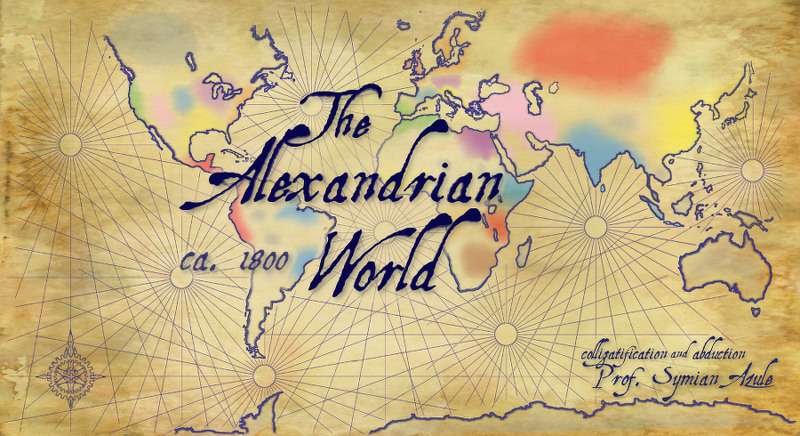
One way to develop plausible civs for a unified set of scenarios is to start with the AH (alternate history) backstory. What fulcrum event sent history in a different direction – eventually causing a steampunk industrial revolution? Working forward from that key event helps flesh out what civs populate the world and what their relationships would be at the time the scenario begins. Since we're talking alternate world as well as history, working backward from that fulcrum event – asking what in the natural world might have made that fulcrum event turn out differently – can help designing a map with geography that reinforces the cultural, political and technological set-up.
Fulcrum Event
The “Alexandrian World” AH's major technological divergence was the survival of the Library of Alexandria. This made possible an unbroken process of experimentation and innovation with clockworks, hydraulics, and steam from the Hellenistic era up to the 19th c.
But what broader cultural circumstances would allow the Alexandrian center of the intellectual world to persist? Obviously – if radically – the non-existence or at least the early extirpation of the Roman Empire. And the most easily conceivable reason for that is the success of the Carthaginians. AH: Practical military application of many of Archimedes' inventions led to their naval victory in the First Punic War. When resurgent Romans again threatened, complete Carthaginian victory was capped by Hannibal sacking then razing Rome. A successful Carthage would likely have ruled – as did their ancestors the Phoenicians – as a thalassocracy, controlling ports and regulating trade, but leaving local cultures to otherwise develop on their own.
The Alexandrian World would have an uninterrupted intellectual melting pot, a more varied Mediterranean political milieu, and the lack of a centralized and dictatorial cultural authority - together fostering an earlier scientific/industrial revolution with steam as the primary motive power source. From a fulcrum event, to a cultural context, to the even more fundamental question. What in the natural world might give Carthage a robust foundation for success against Rome?
A “Green Sahara” is one answer. Great for a steampunk scenario designer who wants remnant sauropods roaming the jungles. Staying closer to our reality for the moment, more arable land enables longer supply of larger armies. More grazing land means more draft animals – and a lot more elephants available for warfare. More forests means more hardwood to build a larger navy. In our world the Holocene Wet Phase waned around 3000 BCE. But if it had more gradually tapered down, without completely ending …
A generally wetter world climate is a natural beginning point to ask how a steampunk world would develop. One fundamental assumption underlying the Alexandrian World is that some cultures in other parts of the globe were more robust, more durable, were able to advance technologically at a more rapid pace. The consequence of that is better resistance to the various attempts of what became the chief colonial powers in our world. Which cultures became their region's equivalent of Carthage? How would the Alexandrian changes have been an advantage to civilizations which in our world had a strong interest in technological innovation, but somehow weren't able to match Europe's pace?
Here follows a series of brief essays on regional developments up to the time the scenarios begin.

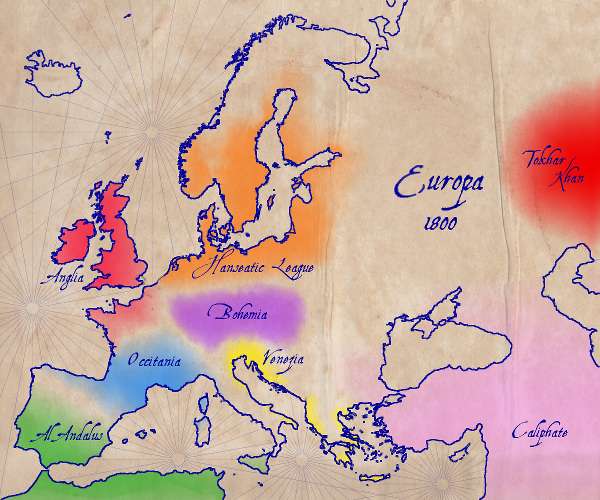
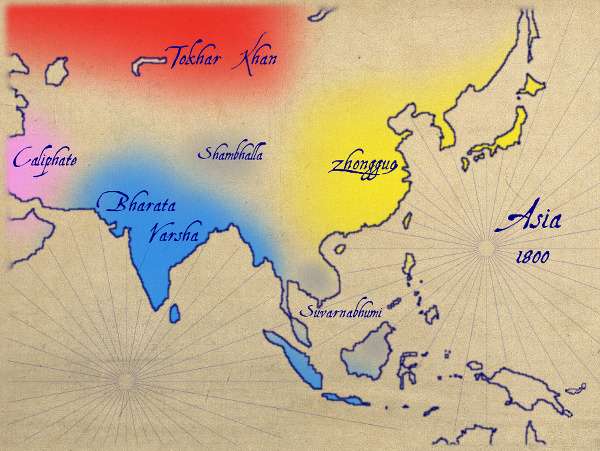
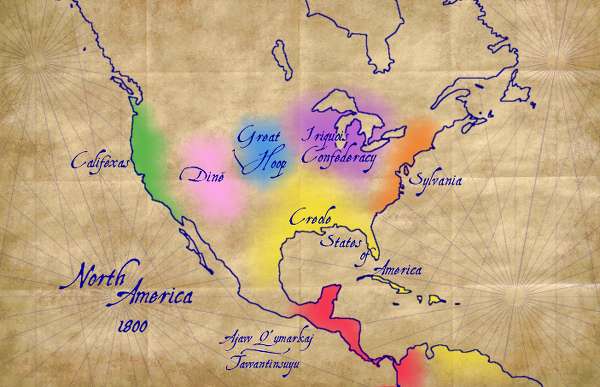
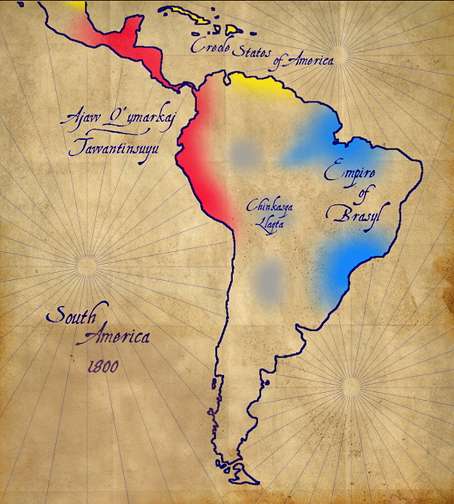
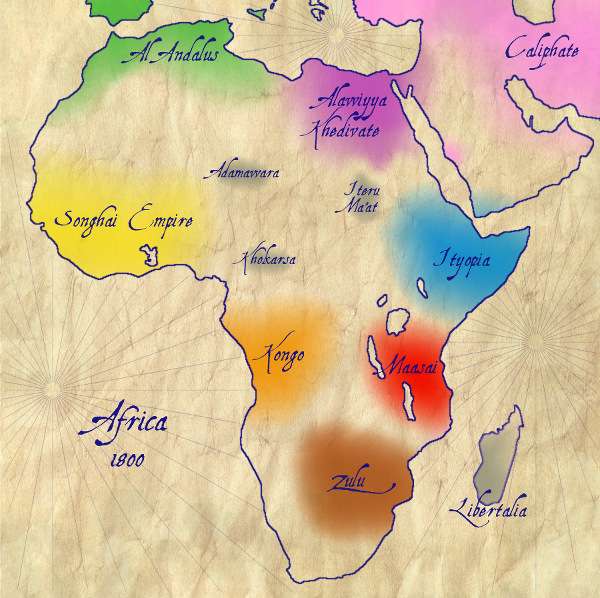

 Your speculation about Egypt is interesting. A new POV. If I had gone in that direction I might have made Ethiopian Christianity more prominent, with Egyptian Copts in Diaspora bringing their scrolls & testaments with them as they hid in caves along the way. Perhaps more mystical rather than less. Hmmmm .... maybe the Templars started as an Underground Railroad for Copts rather than as escorts for Crusading pilgrims?
Your speculation about Egypt is interesting. A new POV. If I had gone in that direction I might have made Ethiopian Christianity more prominent, with Egyptian Copts in Diaspora bringing their scrolls & testaments with them as they hid in caves along the way. Perhaps more mystical rather than less. Hmmmm .... maybe the Templars started as an Underground Railroad for Copts rather than as escorts for Crusading pilgrims? But that's a topic for a different thread.
But that's a topic for a different thread.